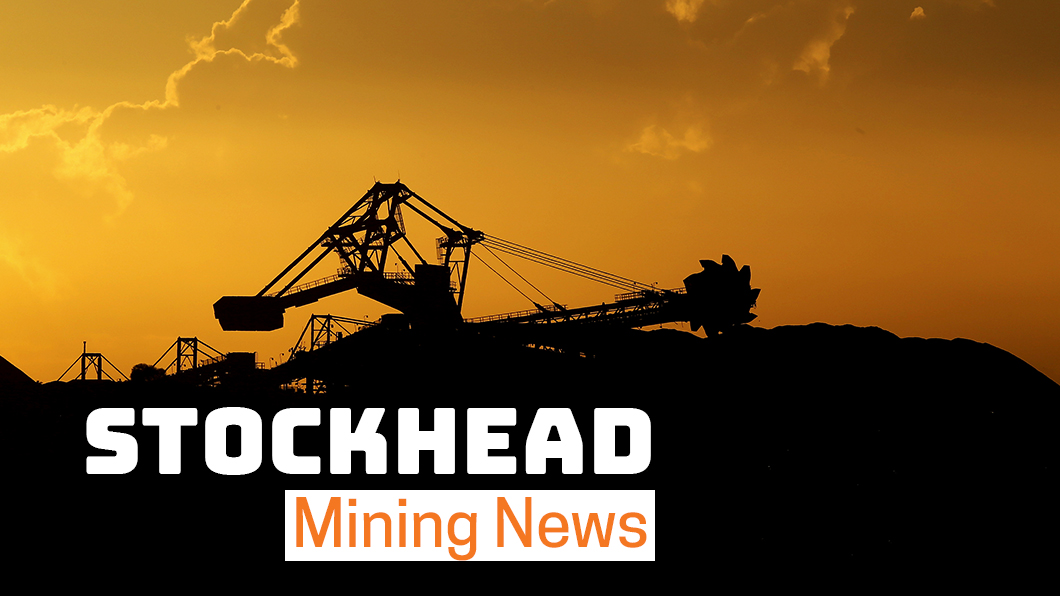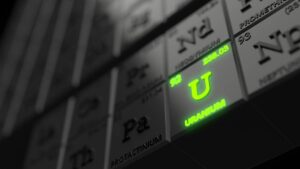Tim Treadgold: Highfield poised but potash is a crowded game

Pic: Bloomberg Creative / Bloomberg Creative Photos via Getty Images
Potash has been in the news for the wrong reasons lately, with a big British project mothballed and BHP (ASX:BHP) uncertain whether it will push ahead with its giant Jansen mine in Canada.
Which is why some investors might have lost sight of potential success stories in an important fertiliser.
Another problem with potash is that there are too many small players trying to find an entry point into a business traditionally dominated by a handful of major producers who control the price of the material.
The net result is that potash is tough at the top end, as Sirius Minerals has discovered with its proposed mine in Yorkshire, and as BHP is discovering in Saskatchewan.
While at the bottom end there is long line of hopefuls making it hard for investors to separate potential winners from losers.
A glimpse of the potash challenge was contained in last month’s Stockhead story though the appeal of the sector was clouded by a list of 17 possible future potash producers.
Apart from clearly signalling a crowded game, which will see most squeezed out long before they get close to a construction decision, there were two other interesting points in that earlier potash story.
Firstly, that seven of the companies mentioned have a stock-market value of less than $20m, which is exceptionally modest for what can be an expensive and highly-competitive business.
Secondly, that one of the more interesting potential potash players, Highfield Resources (ASX:HFR), missed the list.
With a stock-market value of $237m, Highfield is one of the biggest of the emerging crop of potash players, but it’s also working a long way from its South Australian office with its best assets in northern Spain.
Another possible reason for Highfield fading from the view of Australian investors is that some have been listening to the same story for the past five years as the company battled its way through multiple layers of European and Spanish bureaucracy.
Waiting for the big reveal
Recent events indicate that the long wait might be coming to an end, though exactly how remains uncertain with the stock going into a trading halt last Friday, and with that pause upgraded to a suspension in trading on Tuesday, at the request of the company.
Part of the reason for the suspension appears to be uncertainty about the details in last week’s quarterly report which painted a glowing picture of Highfield’s flagship asset, the Muga potash project located near Pamplona.
While shareholders wait to discover the reason for the suspension, it is interesting to consider the wording of the company’s announcement because it can be interpreted as a precursor to either a major fundraising and a firm development commitment, or a deal involving the company itself.
Thursday is the new deadline for Highfield to report what’s happening with its unquestionably attractive potash assets close to the heart of European agriculture and close to ports should exports prove more lucrative.
The sequence of trading halt followed by suspension indicates that something major is brewing at Highfield, with the company saying in its latest announcement that its working on a clarification of last week’s quarterly report.
It was in the quarterly that Highfield reinforced its confidence that Muga is close to a development commitment having received environmental approval in June and to now be working on mining concessions and construction permits, with all paperwork expected to be filed by the end of the year.
Site work on the current timetable is scheduled to start within the next eight to 14 months with Muga, potentially, becoming a major potash producer with the first stage expected to yield 540,000 tonnes of finished product a year, rising to 1.1 million tonnes in stage two.
The latest costings are €368m ($600m) for stage one, and another €208 million for stage two, with low operating costs likely to see Muga close to the bottom end of the global potash cost curve – and therefore one of the most profitable.
Mining at Muga is being planned around a conventional decline, followed by underground room and pillar techniques with mined material processed through a standard flotation circuit.
The life of the mine is estimated to be at least 27 years but potash production could extend further into the future as exploration drilling continues to reveal encouraging extensions of the orebody.
Investors who have followed Highfield’s adventures in Spain have learned to not get too excited about the company’s prospects, but this week could be different with a lot riding on Thursday’s announcement.
Read more from Tim Treadgold:
Aurelia is more than a one-hole wonder
Unloved OceanaGold could be the ‘worst house in the best street’
OreCorp is clearing hurdles in Tanzania and its share price has doubled
UNLOCK INSIGHTS
Discover the untold stories of emerging ASX stocks.
Daily news and expert analysis, it's free to subscribe.
By proceeding, you confirm you understand that we handle personal information in accordance with our Privacy Policy.








